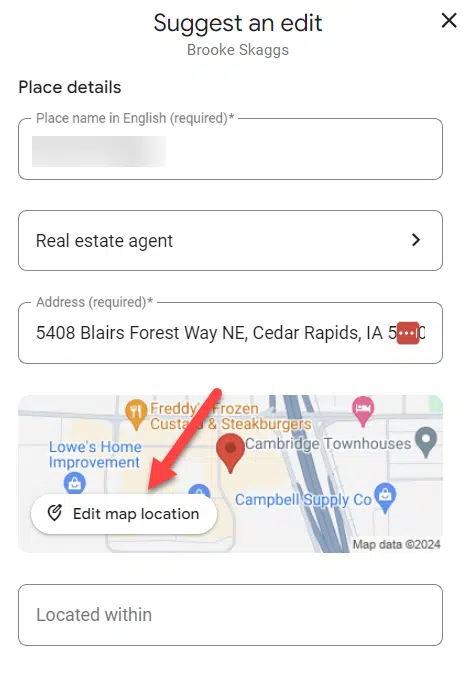Black Friday, Cyber Monday, Christmas, Boxing Day, and all the other holiday shopping days are not too far away. Really. Black Friday is just over 90 days away as of this writing.
If you have a client or business dependent on the seasonal end-of-year holidays for revenue, there are a few reasons why you should already be actively preparing your SEO campaigns for the holiday season:
- It can take eight weeks (or more) to index a page, if it gets indexed at all.
- Creating or updating related content can take time to write and approve.
- Consumers are being more intentional about purchases and researching more.
Preparing for the seasonal sale period, particularly if you have technical optimizations you want or need to implement to remain competitive, should ideally start in the first quarter of the year.
Starting in the third quarter will already be a bit of a sprint to the finish line, but it is doable.
Indexing
New pages can take time to show up in Google’s index, and we know this.
Logically, that also extends to pages that have been bounced between live and 404’d or 302’d for long periods of time.
This often happens with seasonal pages, if there’s nobody to advise otherwise.
In those instances, the state of the page has changed, and it takes Google time to reconcile that. (Remember, Google has said they’ll go back and check 404 pages regularly before delisting the page).
While many pages get indexed in a week or less, we want to be conservative and assume the worst – eight weeks or longer.
Indexing is also not ranking. Ranking in the top 10 can take much longer.
Indexing is also a new battleground for many websites with the helpful content update and Google’s push for truly unique and useful content.
All the more reason, then, to regularly maintain seasonal pages and allow them to build their authority over the years.
If you’re a business that creates new pages annually for your Black Friday or Christmas sales (I’m looking at you /christmas-2022/), please stop.
Create evergreen pages, and redirect the historical pages with links and authority to the new, evergreen page.
In an ideal world, you’d keep those pages up year-round, but sometimes that isn’t possible, often for legal or regulatory reasons.
To speed up the indexing process, you may get some internal links up to the seasonal pages before the season officially begins, which should help indicate to Google what pages are important.
This is usually easier if you work with the merchandising or sales teams.
To help maintain indexing for seasonal pages (rather than being triggered as a soft 404), here are a few suggestions:
- Immediately after the seasonal sales are over, update the metadata to reflect this and include the upcoming year if relevant.
- Include a placeholder message that allows customers to find sales or deals through copy like “Our seasonal holiday sales may be over, so browse through our current deals,” with a link to the generic sales page.
- Maintain all the internal links to the page you can.
Get the daily newsletter search marketers rely on.
Content
Seasonal sales content is not a one-and-done product list page with all the products you have on sale this year.
While it may sound obvious, sometimes the product or go-to-market team can miss the integration required with the content teams to create seasonal buying guides, price comparison tools, integrate social campaigns, new seasonal visuals and more.
That said, you should also be auditing your product pages to make sure they’re as tight and consumer-focused as they can be. This could include:
- Making sure images are compressed. (With Shopify, the auto-compression only works so far. If the original image is 5 MB, you could still end up with an image around 1 MB “compressed” on the website.)
- Review on-page entities and topics covered using TF-IDF and similar tools, cover any gaps.
- Include rich supplemental media for all stages of the consumer journey: videos, images, links to education-based content.
- Schema markup for product pages, including reviews.
We also see trends like “in-store” searches tripling since the beginning of 2022, so we can’t ignore cross-channel impacts and their importance.
In this instance, content is not purely content but the technical optimization behind it. For example:
- Integration of in-store availability or “Click and Collect” on the website.
- A solution to track and attribute online to in-store purchases in your CRM or analytics platform.
These items take time to justify and move through the queue with developers and other stakeholders.
If these are technical optimizations you’d like to have and you’re only starting now, it’s best to work on them as part of next year’s holiday season rather than this one.
Consumer trends
The way we shop is continuing to change and evolve, with research becoming increasingly important:
Some folks know in May what they will buy for holiday gifts at the end of the year.
If you’re a business relying on Black Friday sales, it’s safe to assume Black Friday shopping starts before, if not well before, the day after Thanksgiving in the U.S.
And it’s not just consumers that are starting early – looking at the related news for Black Friday in August 2023, we can see some interesting trends:
- Third-party comparison/review sites like Tom’s Guide just put their Black Friday predictions up.
- Media publications like GQ have likewise published their “best of” Black Friday article.
- Several retailers (Best Buy, Macy’s, Samsung) had “Black Friday in July” sales.
There’s much more to winning at seasonal sales than having a page published when the merchandising starts going live on the website a week or two before the sale.
Justifying that pre-work, learning how to manage stakeholders, and understanding how much time you need to give for some of these projects to be completed can be critical to having a successful Black Friday, Cyber Monday or Christmas sale period.
You want to:
- Give Google time to see your money page and your business’ supporting research content.
- Give your developers time to implement technical enhancements that’ve been established as best practices in the last 12-18 months.
- Work with go-to-market or other teams to align your promotion with your target market’s current and expected consumer behaviors.
And whether we want to admit it or not, all those things take time and may be pushed back for other more time-sensitive work.
So give yourself a bit of grace, track all the work you do and how long things take, and report back on your successes and what it took.
This way, when you do it again the next year, you and your stakeholders will have a clearer understanding of the effort required and the impact gained when building authority for seasonal peaks in an ecommerce business.
Opinions expressed in this article are those of the guest author and not necessarily Search Engine Land. Staff authors are listed here.




